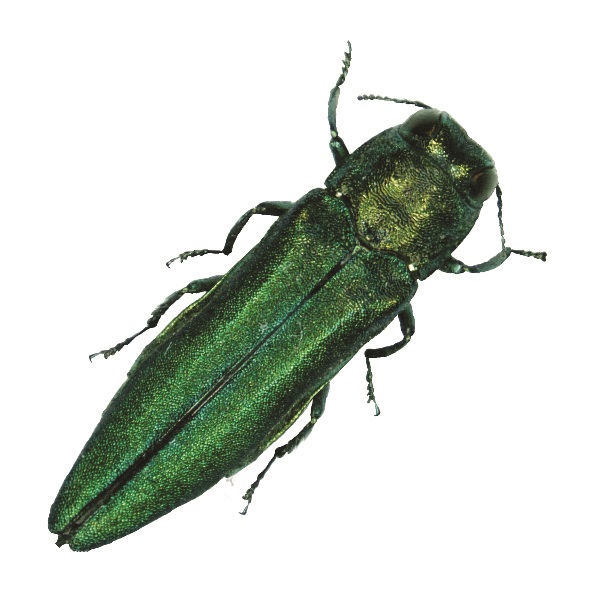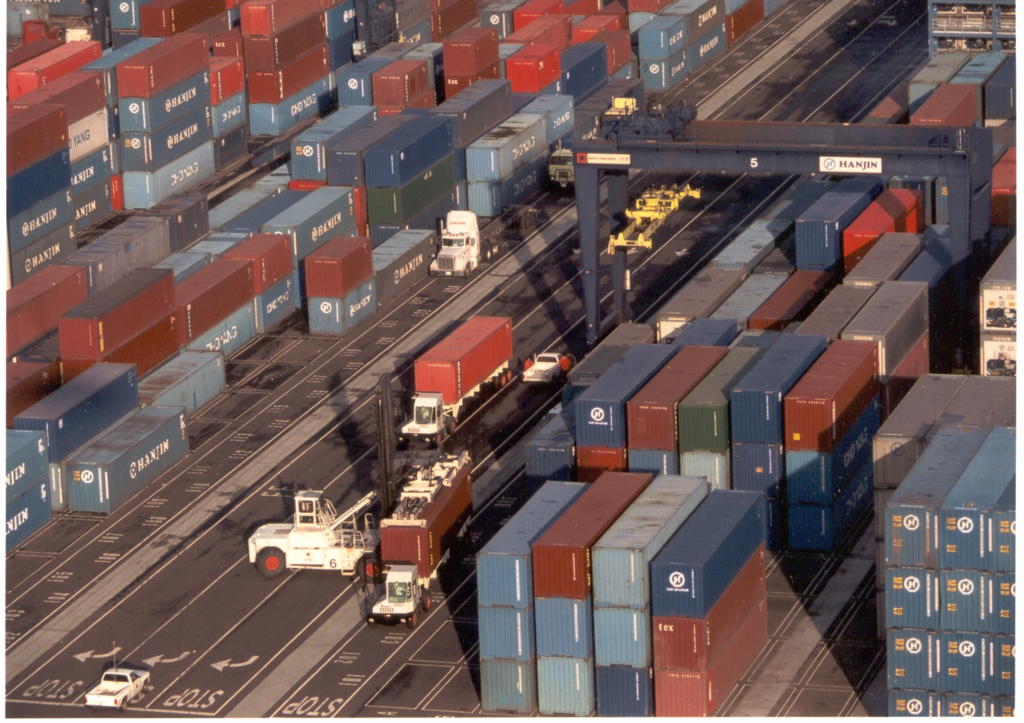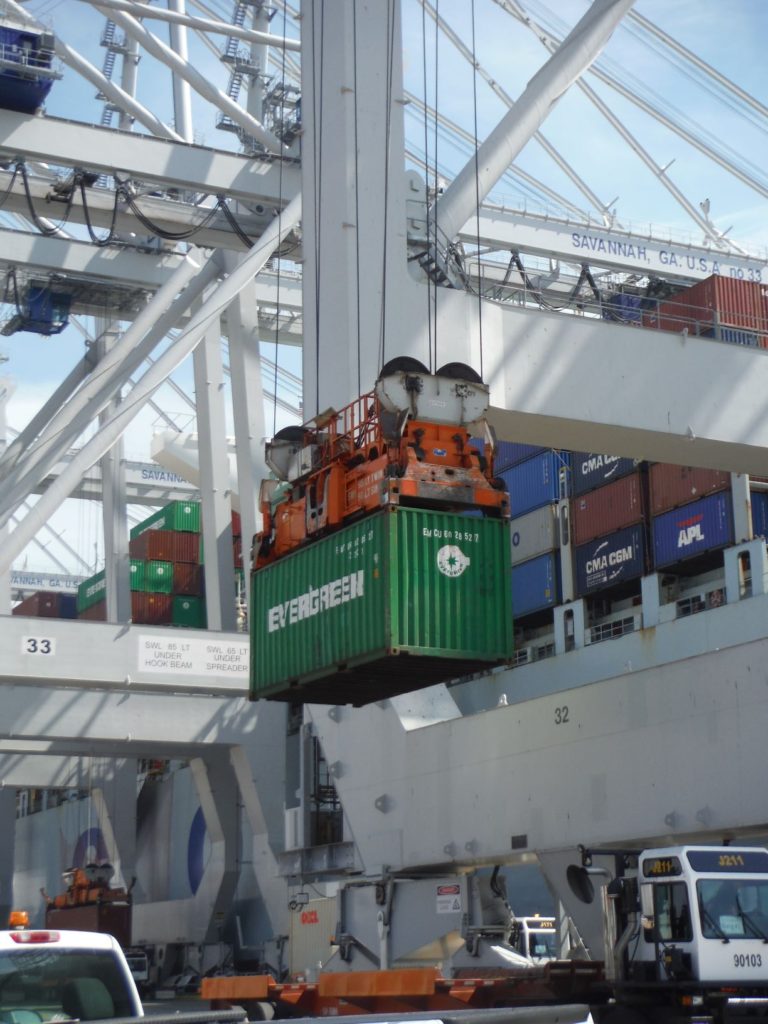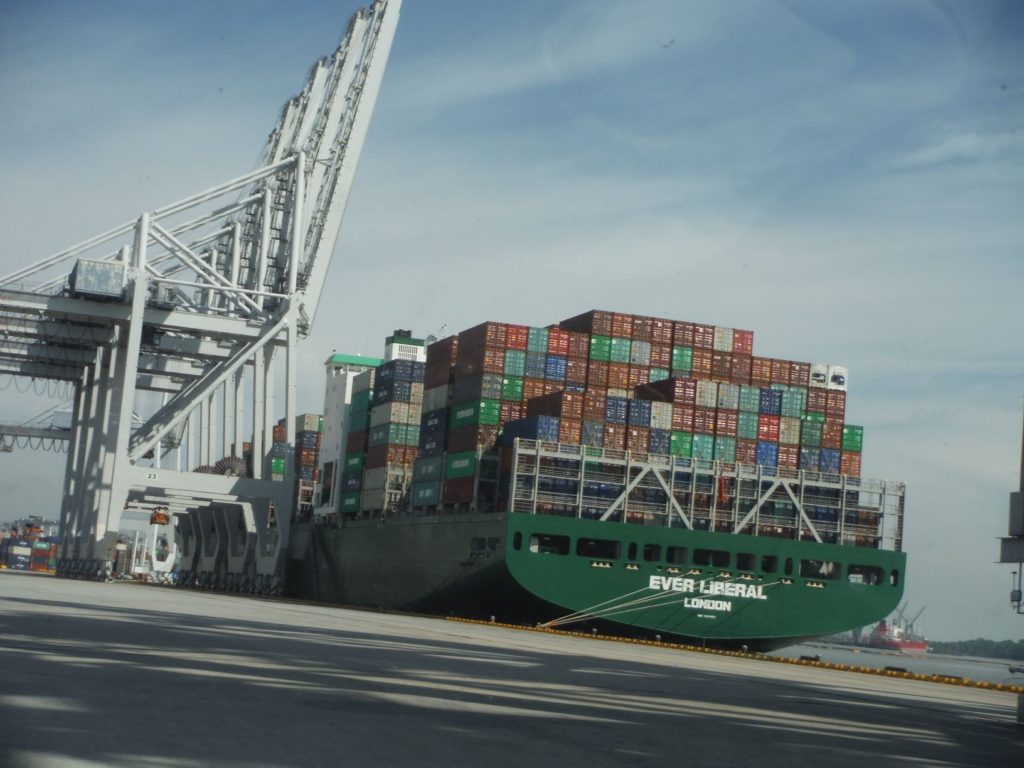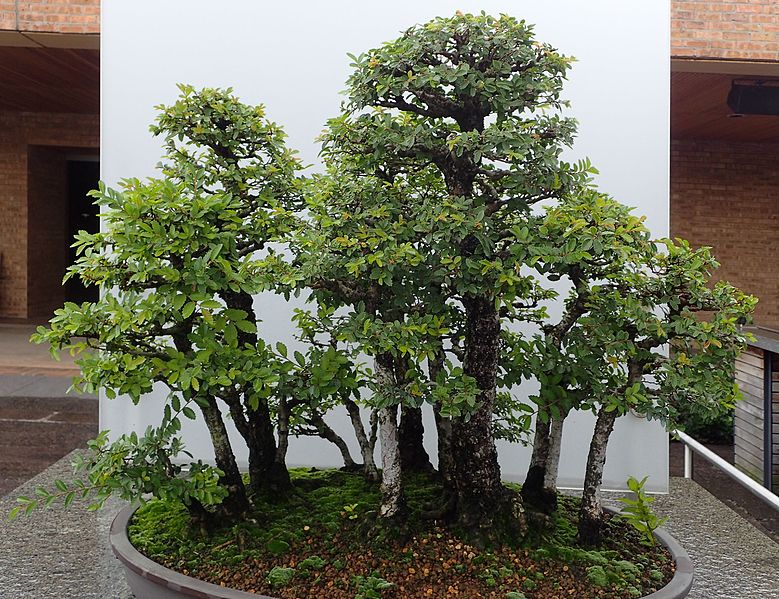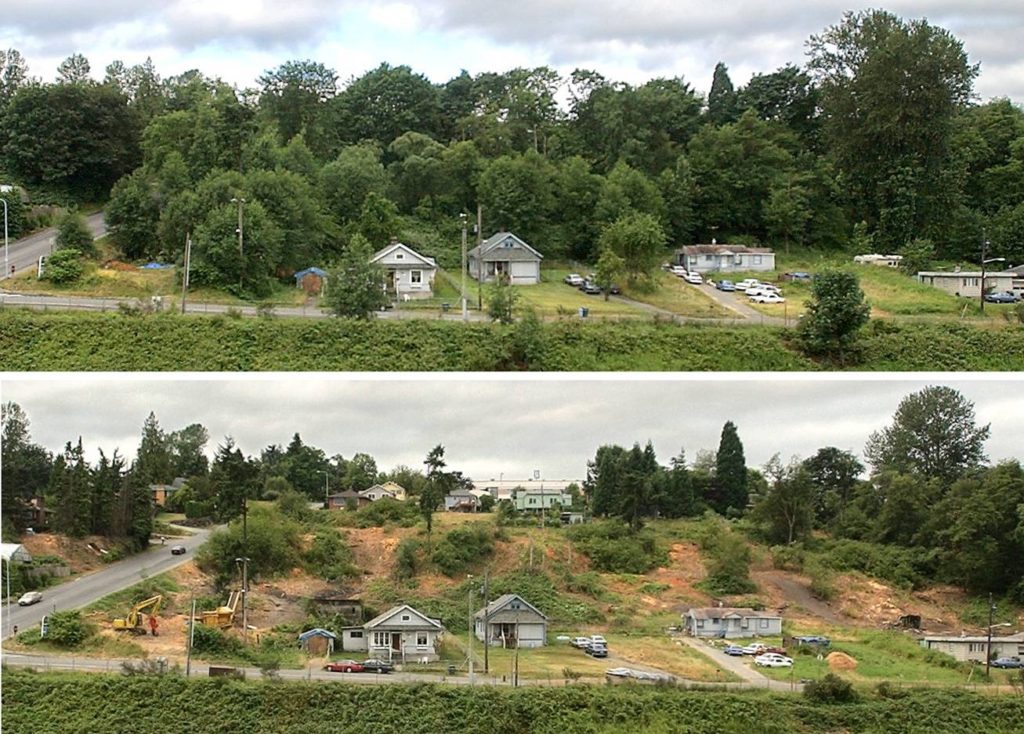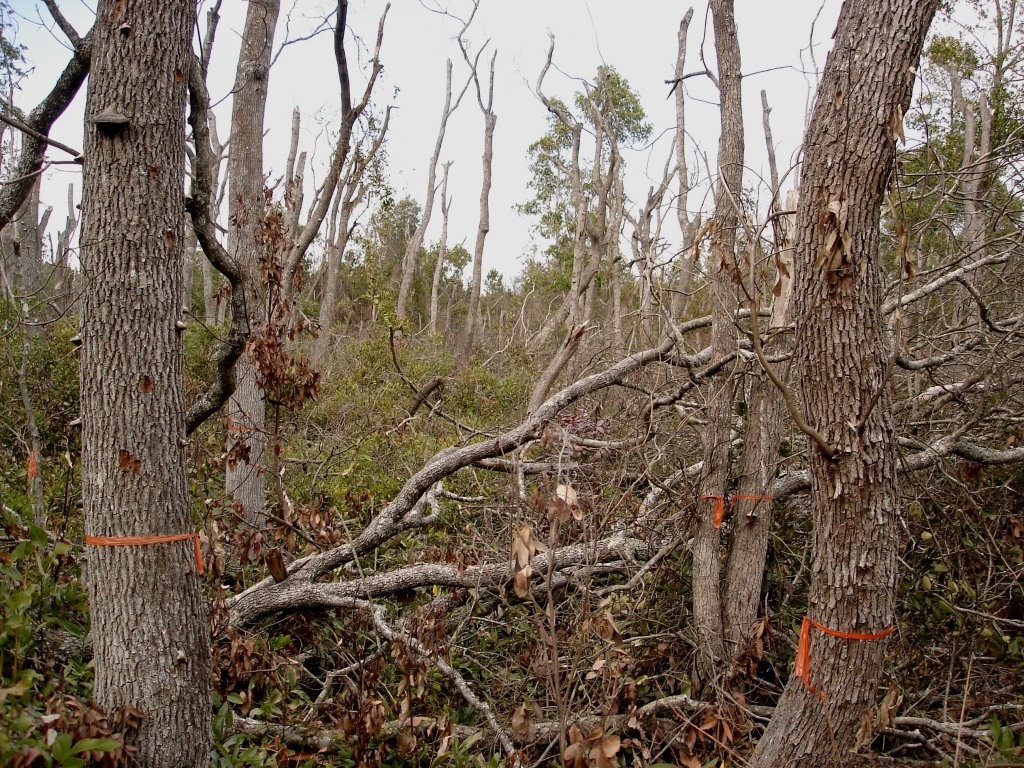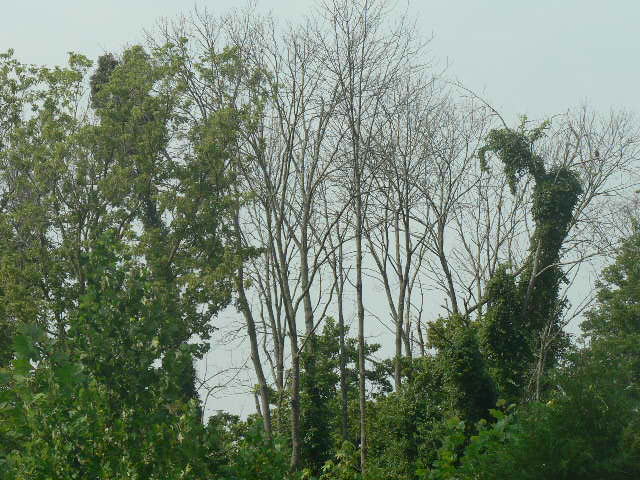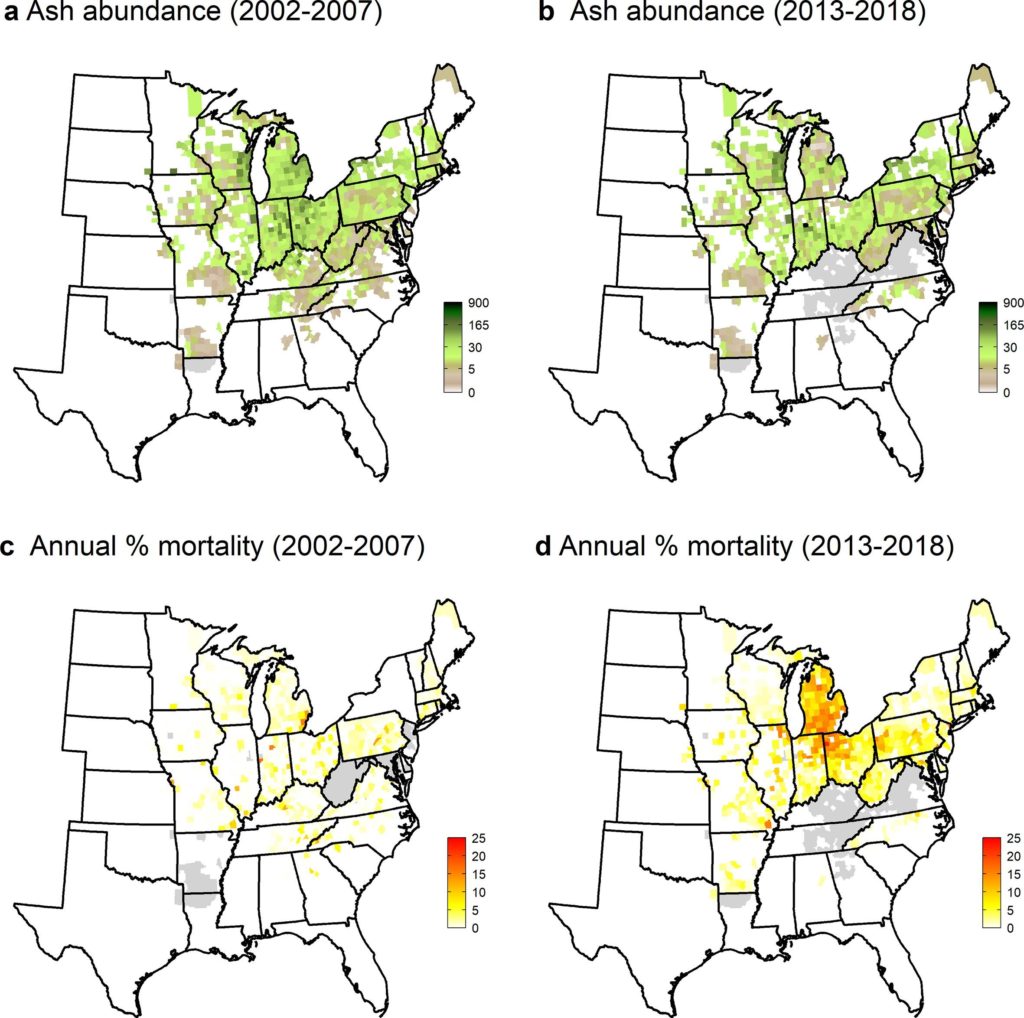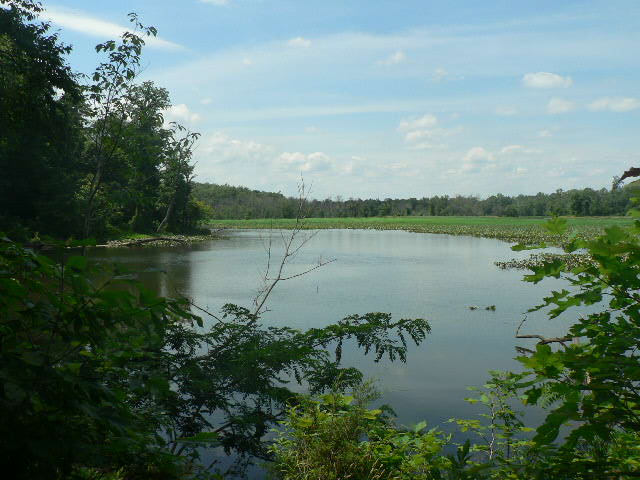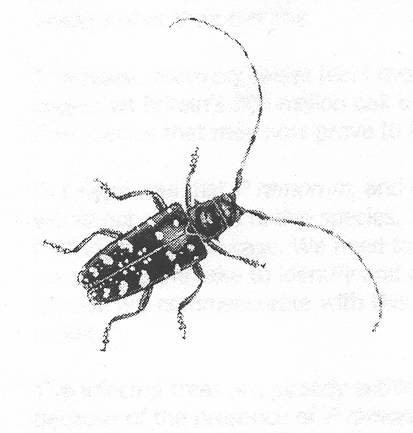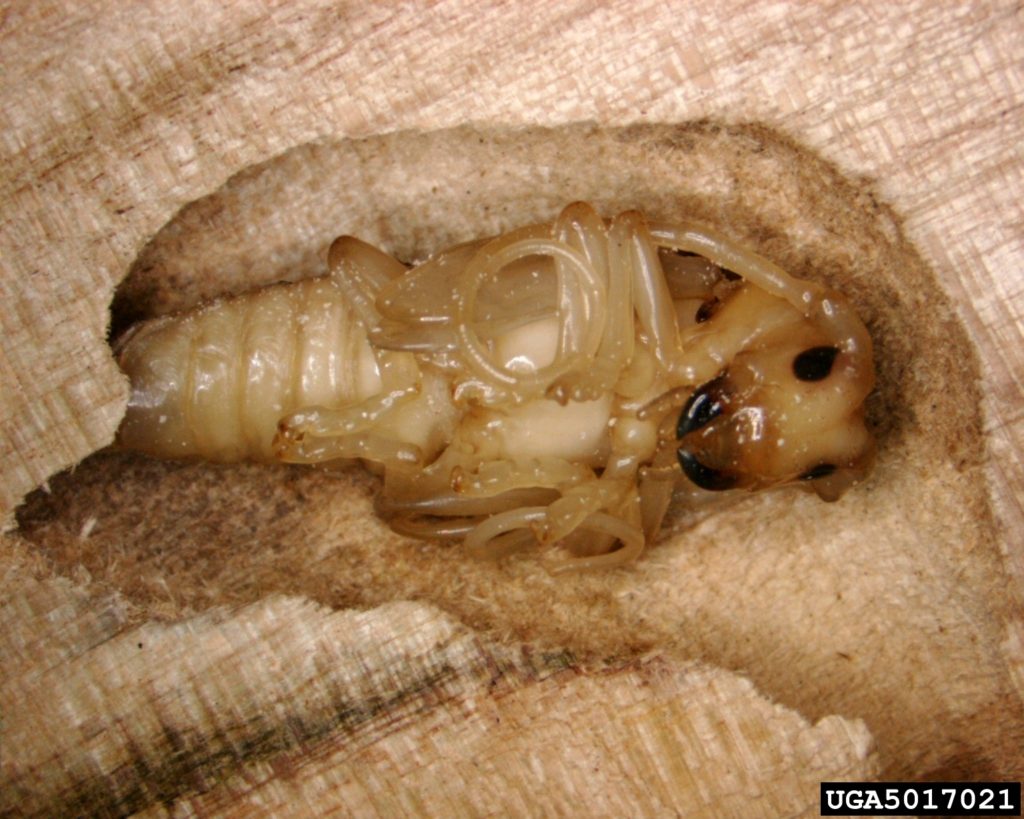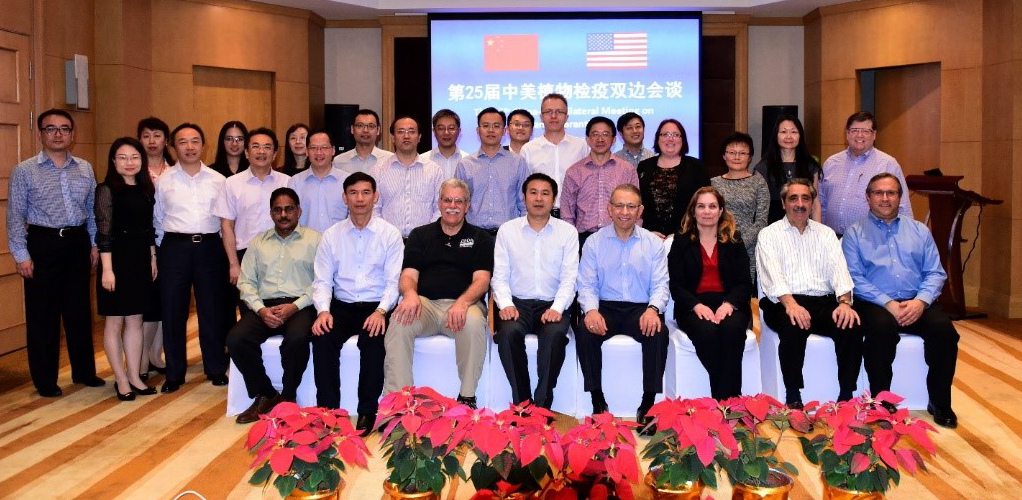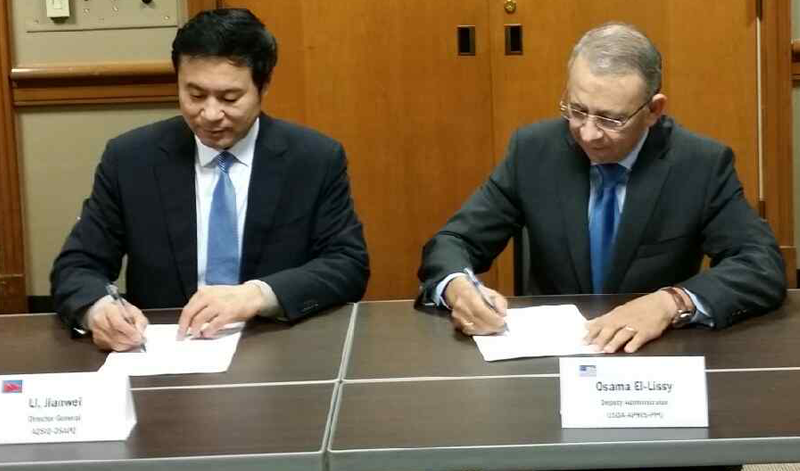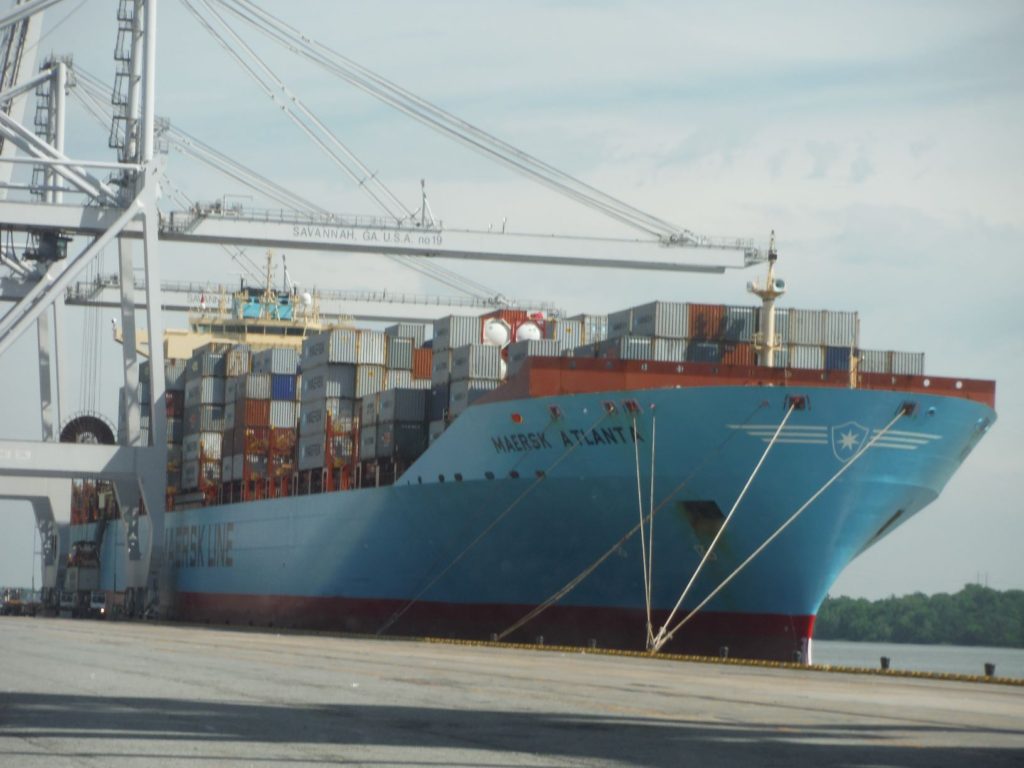
As I have blogged recently U.S. imports have soared since the summer. US imports from Asia during the first 11 months of 2020 were 2% higher than the figure from the first 11 months of 2019, despite the crash in imports in the spring.
The increased volume is not distributed evenly. Asian imports moving through the twin ports of Long Beach and Los Angeles (LA/LB) were 26.5% higher in November 2020 compared to November 2019. As a result, the ports’ marine terminals, longshore labor force, drayage truckers, and import distribution centers cannot keep up. As of early January, 62 container ships were at LA/LB – 29 being offloaded and 33 ships at anchor awaiting berths. Nineteen additional arrivals were scheduled within a few days. This is the largest backup in Southern California since the disruptions associated with the 2014-15 West Coast longshore labor dispute (Mongelluzzo, B. January 4, 2021).
As a result of the long delays at LA/LB, plus port expansion under way at other ports, the volume of imports entering elsewhere is rising – with a commensurate increase in the pest risk associated with wood packaging material there.
Imports from Asia through the Northwest Seaport Alliance (NWSA) of Seattle and Tacoma increased 9.9% in November 2020 compared to November 2019. Imports through Oakland were up 2.2% year over year (Mongelluzzo, B. January 4, 2021). These ports’ proportion of imports from Asia should rise even higher in the future. One company has begun a premium service from China directly to Oakland and Seattle. Shippers are expected to welcome this as an opportunity to avoid the congestion at LA/LB. Oakland also offers access to the large and affluent San Francisco Bay area, as well as rail transport to inland hubs such as Chicago, Memphis, Dallas, and Kansas City.
The principal disadvantage is that these ports can handle only ships carrying 3,500 to 6,500 TEU capacity [twenty-foot equivalent units; a standard measurement that counts incoming volume as though contained in twenty-foot-long containers] (Mongelluzzo, B. January 04, 2021). Other ports, e.g., LA/LB and Savannah, routinely handle ships carrying 10,000 or more TEUs.
As I have noted in earlier blogs, US Gulf Coast ports are expanding capacity significantly to handle vessels larger their current10,000 TEU limit. The Port of Houston is adding a new deepwater container berth and expanding its ship channel. At New Orleans, the U.S. Army Corps of Engineers is dredging the lower reaches of the Mississippi River. The Port of Mobile also has a dredging project under way. Tampa Bay plans to double its capacity over the next five years (Angell, January 4, 2021).
The Port of Savannah currently has 9 berths served by 36 cranes. The Port plans to increase capacity by 45% over the next decade – from 5.5 million TEUs to 8 million TEUs per year (https://gaports.com/facilities/port-of-savannah/).
Government Agencies’ Involvement
These port expansions are partially funded by U.S. government agencies. The Department of Transportation funds development of onshore facilities, while the U.S. Army Corps of Engineers carries out dredging of the waterways. We should insist that the environmental impact statements evaluating these projects include consideration of the invasive species risks associated with increased ship traffic. Potential harm comes from a wide range of organisms, which put an equally wide range of ecosystems at risk. For example, ship traffic has brought our country ruinous aquatic invertebrates in ballast water and sessile organisms on hulls; as well as costly Asian gypsy moths on ships’ superstructures and a series of tree-pest larvae in wooden dunnage and other packaging material (e.g., Asian longhorned beetle, emerald ash borer, redbay ambrosia beetle, possibly the invasive shot hole borers …).
The surge in imports from Asia has continued through the first half of 2021. Over this period, imports from Asia to the California ports of Los Angeles and Long Beach totaled 9,523,959 TEU, up 24.5% from the 7,649,095 TEU in the same period of 2019 (Mongelluzzo, B. July 12, 2021).
SOURCES
Angell, M. Outlook 2021: US Gulf Coast ports moving forward with major capacity expansions. Journal of Commerce January 04, 2021 https://www.joc.com/port-news/us-ports/outlook-2021-us-gulf-coast-ports-moving-forward-major-capacity-expansions_20210104.html?utm_campaign=CL_JOC%20Port%20Newsletter%201%2F6%2F21__e-production_E-85987_TF_0106_0900&utm_medium=email&utm_source=Eloqua
Mongelluzzo, B. CMA CGM’s new Asia service to give Oakland long-sought first call. Journal of Commerce January 04, 2021 https://www.joc.com/maritime-news/container-lines/cma-cgm%E2%80%99s-new-asia-service-give-oakland-long-sought-first-call_20210104.html?utm_source=Eloqua&utm_medium=email&utm_campaign=CL_JOC%20Daily%201%2F5%2F21%20_JOC%20Daily%20Newswire_e-production_E-85981_TF_0105_0617
Mongelluzzo, B. Strong US imports from Asia in June point to a larger summer surge. July 12, 2021.
Posted by Faith Campbell
We welcome comments that supplement or correct factual information, suggest new approaches, or promote thoughtful consideration. We post comments that disagree with us — but not those we judge to be not civil or inflammatory.
For a detailed discussion of the policies and practices that have allowed these pests to enter and spread – and that do not promote effective restoration strategies – review the Fading Forests report at http://treeimprovement.utk.edu/FadingForests.htm
